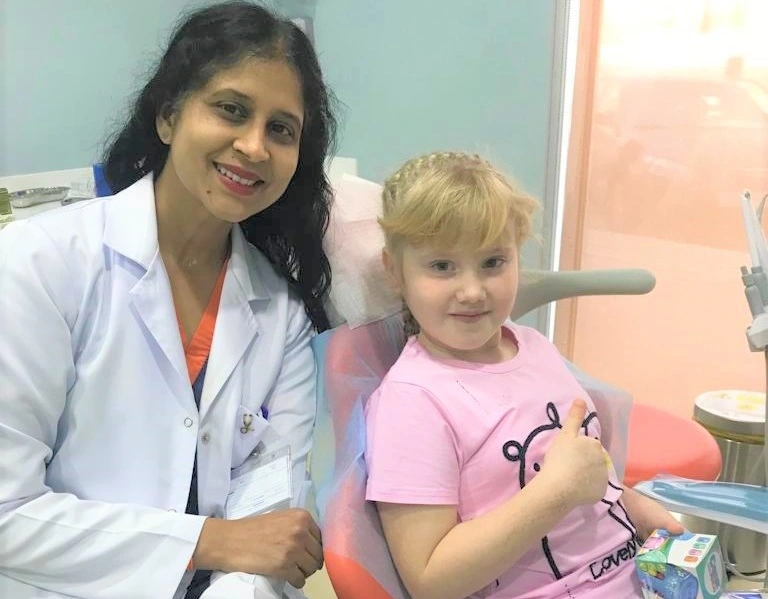

From the first gummy smile to a mouthful of pearly whites, the journey of children’s dental development is a fascinating and intricate process. As parents, understanding how children’s teeth evolve over the years can help us support their oral health and address any concerns that may arise along the way. In this article, we’ll take a closer look at the stages of children’s dental development, exploring the milestones, challenges, and key considerations that accompany each phase.
Children’s dental development begins before they’re even born, with tooth buds forming in the gums during the embryonic stage. By the time a baby is born, they already have the foundation for their primary teeth, also known as baby teeth or deciduous teeth. These primary teeth typically begin to emerge through the gums around 6 months of age, although the timing can vary from one child to another.
The primary teeth play a crucial role in chewing, speech development, and maintaining space for the permanent teeth to come. By age 3, most children have a full set of 20 primary teeth, including incisors, canines, and molars. These teeth will gradually fall out over the next several years as the permanent teeth begin to emerge.
You will be interested on: Pediatric Dentist in Dubai
As children enter their school-age years, around age 6 or 7, the process of transitioning from primary teeth to permanent teeth begins. The first permanent teeth to emerge are typically the lower front teeth, followed by the upper front teeth, known as the central incisors. This stage of dental development is often accompanied by a mix of primary and permanent teeth in the mouth, known as the mixed dentition phase.
Over the next several years, the remaining primary teeth will gradually fall out, making way for the permanent teeth to erupt. By around age 12 or 13, most children have a full set of 28 permanent teeth, including incisors, canines, premolars, and molars. The third molars, commonly known as wisdom teeth, may emerge later in adolescence or early adulthood.
Keep reading: Smile Makeover in Dubai
While the process of children’s dental development is generally smooth, there are some common challenges and considerations that parents should be aware of:
The eruption of both primary and permanent teeth can cause discomfort and irritability in children. Providing gentle relief measures such as cold compresses, teething toys, and over-the-counter pain relief medication (under the guidance of a pediatrician) can help alleviate teething symptoms.
As permanent teeth emerge and the jaw continues to grow, some children may experience orthodontic issues such as misalignment, crowding, or malocclusion (bite problems). Early intervention by an orthodontist can help address these issues and prevent more significant problems later on.
You will be interested on: Orthodontics Treatment for Children in Dubai
Establishing good dental hygiene habits early on is essential for maintaining healthy teeth and gums. Parents should encourage children to brush their teeth twice a day, floss daily, and visit the dentist regularly for check-ups and cleanings.
A balanced diet rich in essential nutrients, vitamins, and minerals is crucial for supporting children’s dental health. Limiting sugary snacks and beverages and encouraging healthy food choices can help prevent tooth decay and promote overall oral health.

In conclusion, children’s dental development is a dynamic process that unfolds over several years, from the emergence of primary teeth in infancy to the transition to permanent teeth in adolescence. Understanding the stages of dental development, along with the challenges and considerations that accompany each phase, is essential for parents to support their children’s oral health effectively. By promoting good dental hygiene habits, addressing teething discomfort, monitoring orthodontic issues, and encouraging a balanced diet, parents can help ensure that their children develop healthy smiles that last a lifetime. Remember, each child’s dental journey is unique, so it’s essential to consult with a pediatric dentist for personalized guidance and care.